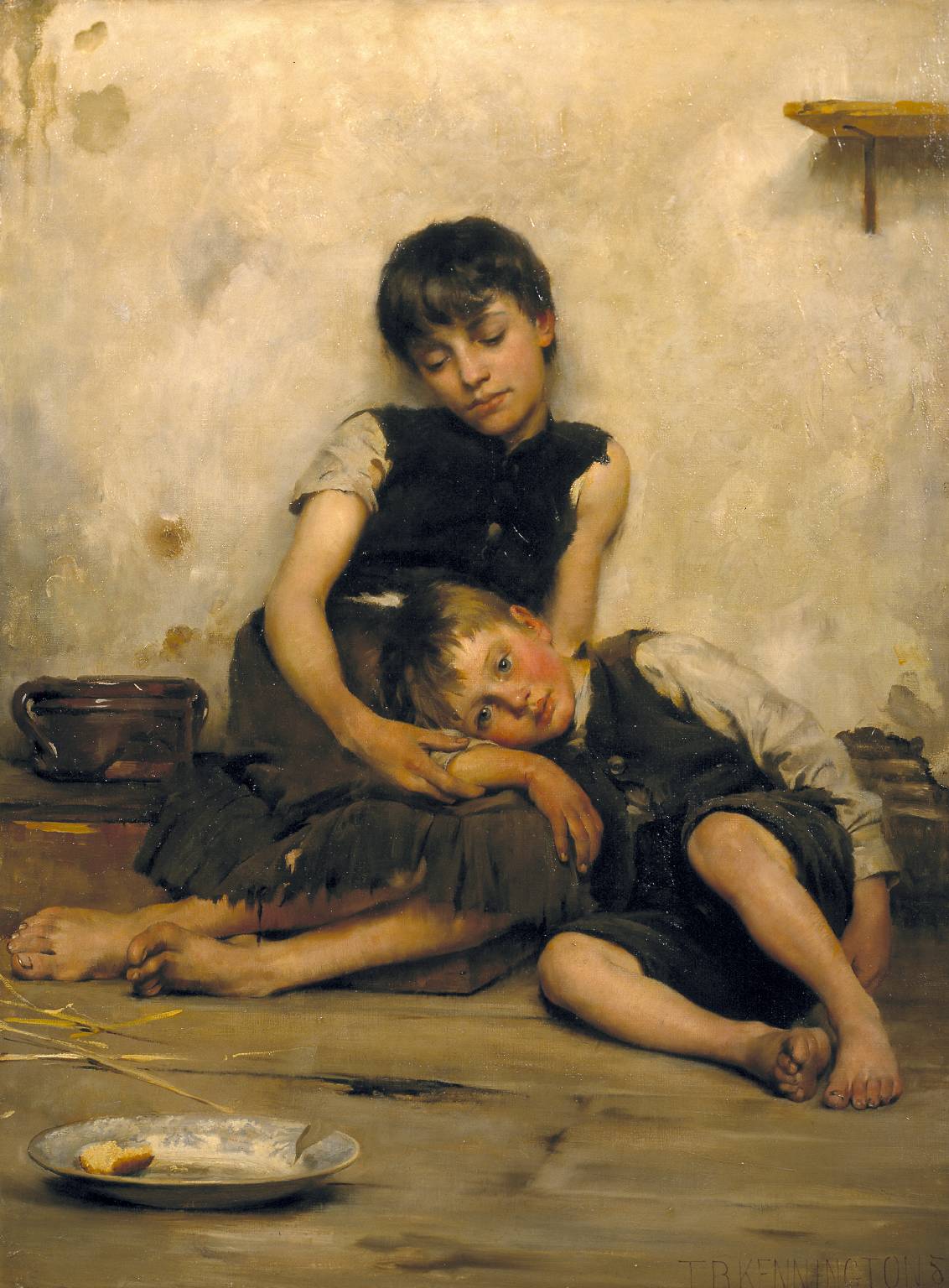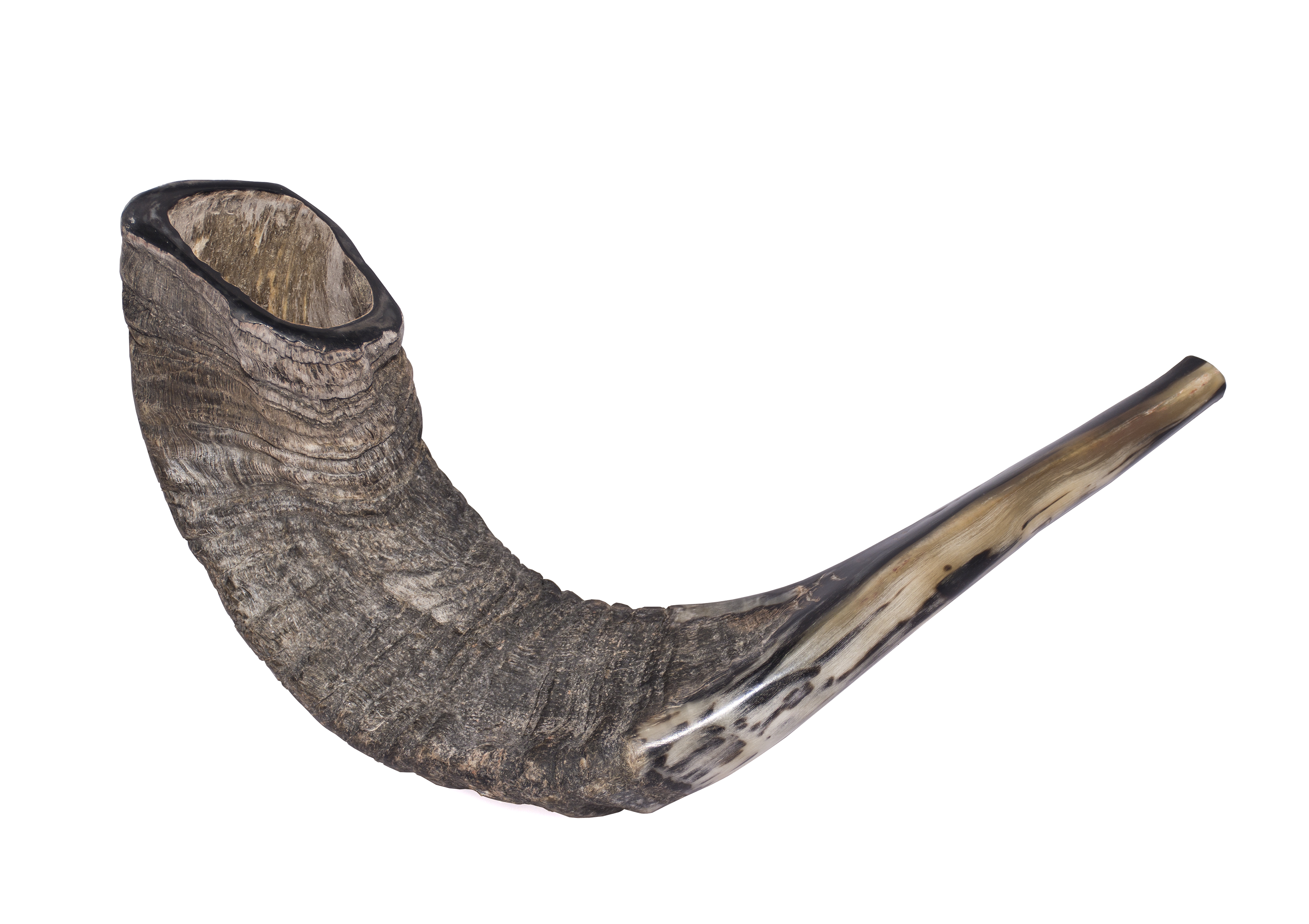|
El Norra Alila
''El Norra Alila'' is the second full-length studio album by the Israeli metal band Orphaned Land, released on July 18, 1996 by Holy Records. The album was reissued as a deluxe edition in July 2006 as a 10-year-anniversary for the album and contains extras; the song "Disciples of the Sacred Oath" and video clips of "Ornaments of Gold" and "The Evil Urge". Album meaning and concept There are religious translations within the album name, "Nor" means "the light" in Arabic, "Alila" meaning "the night", "El" meaning "God" in Hebrew and "Norra" meaning "terrible", and "Alila" meaning "tale". This means that the album can be translated as; "God of Light – Evil of the Night" and gives reference to its concept. The name is a pun on El Nora Alila, a popular Sephardic piyyut, which is sung during Ne'ilah of Yom Kippur. Track listing #"Find Yourself, Discover God" – 6:15 #"Like Fire to Water" – 4:46 #"The Truth Within" – 4:34 #"The Path Ahead" – 4:16 #"A Neverending Way" – 2:0 ... [...More Info...] [...Related Items...] OR: [Wikipedia] [Google] [Baidu] |
Piyyut
A ''piyyut'' or ''piyut'' (plural piyyutim or piyutim, he, פִּיּוּטִים / פיוטים, פִּיּוּט / פיוט ; from Greek ποιητής ''poiētḗs'' "poet") is a Jewish liturgical poem, usually designated to be sung, chanted, or recited during Jewish services, religious services. ''Piyyutim'' have been written since Temple in Jerusalem, Temple times. Most ''piyyutim'' are in Hebrew language, Hebrew or Aramaic language, Aramaic, and most follow some poetic scheme, such as an acrostic following the order of the Hebrew alphabet or spelling out the name of the author. Many ''piyyutim'' are familiar to regular attendees of synagogue services. For example, the best-known ''piyyut'' may be ''Adon Olam'' ("Master of the World"). Its poetic form consists of a repeated rhythmic pattern of short-long-long-long (the so-called hazaj meter), and it is so beloved that it is often sung at the conclusion of many synagogue services, after the ritual nightly recitation of ... [...More Info...] [...Related Items...] OR: [Wikipedia] [Google] [Baidu] |
Yom Kippur
Yom Kippur (; he, יוֹם כִּפּוּר, , , ) is the holiest day in Judaism and Samaritanism. It occurs annually on the 10th of Tishrei, the first month of the Hebrew calendar. Primarily centered on atonement and repentance, the day's observances consist of full fasting and ascetic behavior accompanied by intensive prayer as well as sin confessions (traditionally inside of a synagogue). Alongside the related holiday of Rosh HaShanah, Yom Kippur is one of the two components of the "High Holy Days" of Judaism. Etymology () means "day" in Hebrew and () is translated to "atonement". The common English translation of Yom Kippur is Day of Atonement; however, this translation lacks precision. The name Yom Kippur is based on the Torah verse, "...but on the 10th day of the seventh month it is the day of ''kippurim'' unto you..." The literal translation of ''kippurim'' is cleansing. Yom Kippur is a Jewish day to atone for misdeeds and become cleansed and purified from the ... [...More Info...] [...Related Items...] OR: [Wikipedia] [Google] [Baidu] |
Orphaned Land Albums
An orphan (from the el, ορφανός, orphanós) is a child whose parents have died. In common usage, only a child who has lost both parents due to death is called an orphan. When referring to animals, only the mother's condition is usually relevant (i.e. if the female parent has gone, the offspring is an orphan, regardless of the father's condition). Definitions Various groups use different definitions to identify orphans. One legal definition used in the United States is a minor bereft through "death or disappearance of, abandonment or desertion by, or separation or loss from, both parents". In the common use, an orphan does not have any surviving parent to care for them. However, the United Nations Children's Fund (UNICEF), Joint United Nations Programme on HIV and AIDS (UNAIDS), and other groups label any child who has lost one parent as an orphan. In this approach, a ''maternal orphan'' is a child whose mother has died, a ''paternal orphan'' is a child whose fathe ... [...More Info...] [...Related Items...] OR: [Wikipedia] [Google] [Baidu] |
1996 Albums
File:1996 Events Collage.png, From left, clockwise: A bomb explodes at Centennial Olympic Park in Atlanta, set off by a radical anti-abortionist; The center fuel tank explodes on TWA Flight 800, causing the plane to crash and killing everyone on board; Eight people die in a blizzard on Mount Everest; Dolly the Sheep becomes the first mammal to have been cloned from an adult somatic cell; The Port Arthur Massacre occurs on Tasmania, and leads to major changes in Australia's gun laws; Macarena, sung by Los del Río and remixed by The Bayside Boys, becomes a major dance craze and cultural phenomenon; Ethiopian Airlines Flight 961 crash-ditches off of the Comoros Islands after the plane was hijacked; the 1996 Summer Olympics are held in Atlanta, marking the Centennial (100th Anniversary) of the modern Olympic Games., 300x300px, thumb rect 0 0 200 200 Centennial Olympic Park bombing rect 200 0 400 200 TWA FLight 800 rect 400 0 600 200 1996 Mount Everest disaster rect 0 200 30 ... [...More Info...] [...Related Items...] OR: [Wikipedia] [Google] [Baidu] |
Lyrics
Lyrics are words that make up a song, usually consisting of verses and choruses. The writer of lyrics is a lyricist. The words to an extended musical composition such as an opera are, however, usually known as a "libretto" and their writer, as a "librettist". The meaning of lyrics can either be explicit or implicit. Some lyrics are abstract, almost unintelligible, and, in such cases, their explication emphasizes form, articulation, meter, and symmetry of expression. Rappers can also create lyrics (often with a variation of rhyming words) that are meant to be spoken rhythmically rather than sung. Etymology The word ''lyric'' derives via Latin ' from the Greek ('), the adjectival form of '' lyre''. It first appeared in English in the mid-16th century in reference to the Earl of Surrey's translations of Petrarch and to his own sonnets. Greek lyric poetry had been defined by the manner in which it was sung accompanied by the lyre or cithara, as opposed to the chanted forma ... [...More Info...] [...Related Items...] OR: [Wikipedia] [Google] [Baidu] |
Shofar
A shofar ( ; from he, שׁוֹפָר, ) is an ancient musical horn typically made of a ram's horn, used for Jewish religious purposes. Like the modern bugle, the shofar lacks pitch-altering devices, with all pitch control done by varying the player's embouchure. The shofar is blown in synagogue services on Rosh Hashanah and at the end of Yom Kippur; it is also blown every weekday morning in the month of Elul running up to Rosh Hashanah. Shofars come in a variety of sizes and shapes, depending on the choice of animal and level of finish. Bible and rabbinic literature The shofar is mentioned frequently in the Hebrew Bible, the Talmud and rabbinic literature. In the first instance, in , the blast of a shofar emanating from the thick cloud on Mount Sinai makes the Israelites tremble in awe. The shofar was used to announce the new moon and the Jubilee year. The first day of Tishrei (now known as Rosh Hashana) is termed a "memorial of blowing", or "day of blowing", the shofar. ... [...More Info...] [...Related Items...] OR: [Wikipedia] [Google] [Baidu] |
Sampler (musical Instrument)
A sampler is an electronic or digital musical instrument which uses sound recordings (or " samples") of real instrument sounds (e.g., a piano, violin, trumpet, or other synthesizer), excerpts from recorded songs (e.g., a five-second bass guitar riff from a funk song) or found sounds (e.g., sirens and ocean waves). The samples are loaded or recorded by the user or by a manufacturer. These sounds are then played back by means of the sampler program itself, a MIDI keyboard, sequencer or another triggering device (e.g., electronic drums) to perform or compose music. Because these samples are usually stored in digital memory, the information can be quickly accessed. A single sample may often be pitch-shifted to different pitches to produce musical scales and chords. Often samplers offer filters, effects units, modulation via low frequency oscillation and other synthesizer-like processes that allow the original sound to be modified in many different ways. Most samplers have Mult ... [...More Info...] [...Related Items...] OR: [Wikipedia] [Google] [Baidu] |
Tambourine
The tambourine is a musical instrument in the percussion family consisting of a frame, often of wood or plastic, with pairs of small metal jingles, called "zills". Classically the term tambourine denotes an instrument with a drumhead, though some variants may not have a head. Tambourines are often used with regular percussion sets. They can be mounted, for example on a stand as part of a drum kit (and played with drum sticks), or they can be held in the hand and played by tapping or hitting the instrument. Tambourines come in many shapes with the most common being circular. It is found in many forms of music: Turkish folk music, Greek folk music, Italian folk music, French folk music, classical music, Persian music, samba, gospel music, pop music, country music, and rock music. History The origin of the tambourine is unknown, but it appears in historical writings as early as 1700 BC and was used by ancient musicians in West Africa, the Middle East, Greece and India. The ... [...More Info...] [...Related Items...] OR: [Wikipedia] [Google] [Baidu] |
Darbuka
The goblet drum (also chalice drum, tarabuka, tarabaki, darbuka, darabuka, derbake, debuka, doumbek, dumbec, dumbeg, dumbelek, toumperleki, tumbak, or zerbaghali; arz, دربوكة / Romanized: ) is a single-head membranophone with a goblet-shaped body. It is most commonly used in the traditional music of Egypt, where it is considered the National symbol of Egyptian Shaabi Music. The instrument is also featured in traditional music from West Asia, North Africa, South Asia, and Eastern Europe. The African djembe is also a goblet membranophone. This article focuses on the Middle Eastern and North African goblet drum. History The origin of the term ''Darbuka'' probably lies in the Arabic word "daraba" ("to strike"). Goblet drums have been around for thousands of years and were used in Mesopotamian and Ancient Egyptian cultures. They were also seen in Babylonia and Sumer from as early as 1100 BCE. On Sulawesi, large goblet drums are used as temple instruments and placed on the ... [...More Info...] [...Related Items...] OR: [Wikipedia] [Google] [Baidu] |
Dumbek
The goblet drum (also chalice drum, tarabuka, tarabaki, darbuka, darabuka, derbake, debuka, doumbek, dumbec, dumbeg, dumbelek, toumperleki, tumbak, or zerbaghali; arz, دربوكة / Romanized: ) is a single-head membranophone with a goblet-shaped body. It is most commonly used in the traditional music of Egypt, where it is considered the National symbol of Egyptian Shaabi Music. The instrument is also featured in traditional music from West Asia, North Africa, South Asia, and Eastern Europe. The African djembe is also a goblet membranophone. This article focuses on the Middle Eastern and North African goblet drum. History The origin of the term ''Darbuka'' probably lies in the Arabic word "daraba" ("to strike"). Goblet drums have been around for thousands of years and were used in Mesopotamian and Ancient Egyptian cultures. They were also seen in Babylonia and Sumer from as early as 1100 BCE. On Sulawesi, large goblet drums are used as temple instruments and placed on th ... [...More Info...] [...Related Items...] OR: [Wikipedia] [Google] [Baidu] |
Tar (drum)
The ''tar'' ( ar, طار) is an ancient, single-headed frame drum. It is commonly played in the Middle East and North Africa. The tar's drumhead A drumhead or drum skin is a membrane stretched over one or both of the open ends of a drum. The drumhead is struck with sticks, mallets, or hands, so that it vibrates and the sound resonates through the drum. Additionally outside of percus ... is struck with one hand. The drumhead was usually made from animal skin like goats, while the actual frame was made of wood See also References Further reading * Hand drums Asian percussion instruments Arabic musical instruments North African musical instruments {{Membranophone-instrument-stub ... [...More Info...] [...Related Items...] OR: [Wikipedia] [Google] [Baidu] |
Bendir
The ''bendir'' ( ar, بندير, plural ''banadir'', ) is a wooden-framed frame drum of North Africa and Southwest Asia. The bendir is a traditional instrument that is played throughout North Africa, as well as in Sufi ceremonies; it was played, too, in Ancient Egypt and Mesopotamia. In Turkish, the word ''bendir'' means "a big hand frame drum". Construction and play The bandir often has a snare (usually made of gut) stretched across the head, which gives the tone a buzzing quality when the drum is struck with the fingers or palm. The drum is played in a vertical position. One holds the drum by looping the thumb of the non-dominant hand through a hole in the frame. Similar frame drums include the tar of Egypt and the bodhrán of Ireland. Unlike the bendir, the tar does not have a snare on the back of the frame, and the bodhrán is played with a beater. See also *Daf * Riq *Mazhar *Davul *Long drum Long drums are a loose category of tubular membranophones, characterized ... [...More Info...] [...Related Items...] OR: [Wikipedia] [Google] [Baidu] |






%2C_2010%2C_pp._363).jpg)
%2C_Ta'r_(2)._(1836)_-_TIMEA_(clip%2C_rotate%2C_&_whiten).jpg)
.jpg)